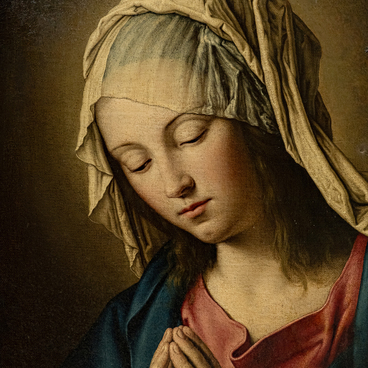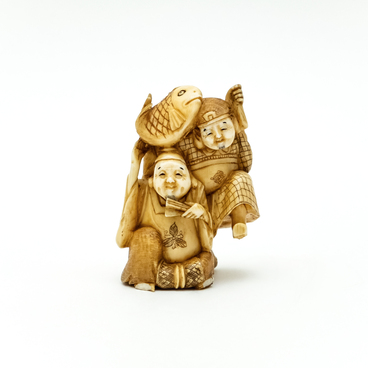The Sakha Republic National Art Museum houses a significant collection of works of traditional art of Tibetans, Mongols and Buryats. These peoples share the same religion, which in modern academic literature is called Northern Buddhism, widely known as Tantric Buddhism or Vajrayana Buddhism.
Shakyamuni Buddha is one of the most important figures of Buddhism. According to most scholars, the Buddha was a real historical figure. He lived in 566–476 (according to another version — in 563–473) BCE and was Prince Siddhartha of the Sakya clan. Shakyamuni Buddha is the founder of the religion of Buddhism. Images of Shakyamuni Buddha carry the energy of peace and tranquility. In his earthly life, he achieved complete enlightenment, and this is reflected in his traditional iconography. The Buddha is depicted on a lotus throne in the full lotus position against a background of a green halo (solongo), similar to the halos of Christian saints. Nevertheless, unlike Christianity, this halo does not mean holiness, but the enlightened nature of the human mind, which is the Buddha. A Buddha is a being made up of light and energy.
The landscape background of the thangka is characterized by conciseness and strict balanced symmetry. Noteworthy is the painting of the sky, which on the Mongolian thangkas of the 18th — early 19th century was often depicted without transitions, in one solid dim color. The Mongolian tradition is also noticeable in the depiction of the cumulus cloud with characteristic swirls inside, reminiscent of the ancient traditional horn decorative patterns. In general, the shape of clouds can be varied, as seen in the thangka on display with its cumulus clouds combined with elongated triangular forms. Notably, the horizon is separated from the ground by black lines, in which one can see the outlines of mountains.
The composition of the colors used in the painting
reflects the religious culture and philosophy of Buddhism, characterized by the
perception of the world through the prism of symbolic color designations. The
canon of depicting a five-color thangka symbolizes the state of the soul of the
heavenly Buddha — body parts, parts of the mantra and so on: red, white,
yellow, blue, and green. Each color in the image is applied locally, as each
has its own meaning and mood.


